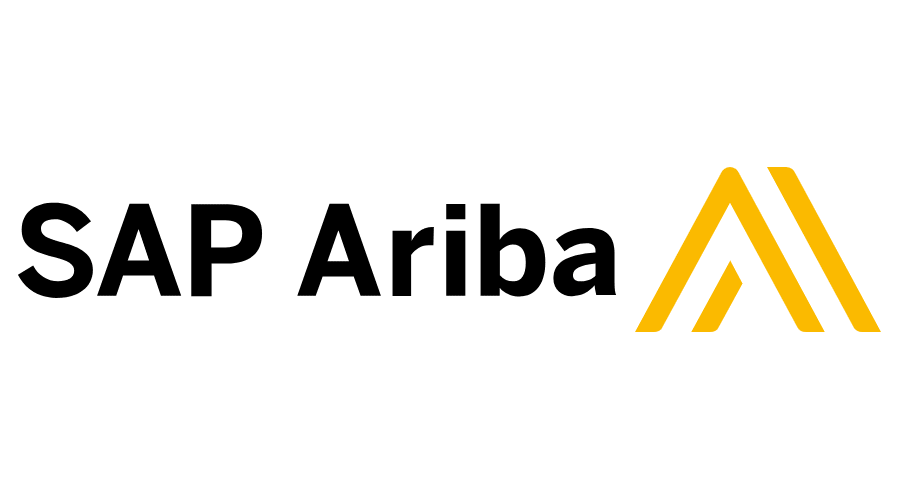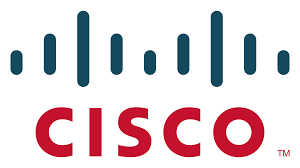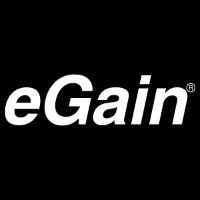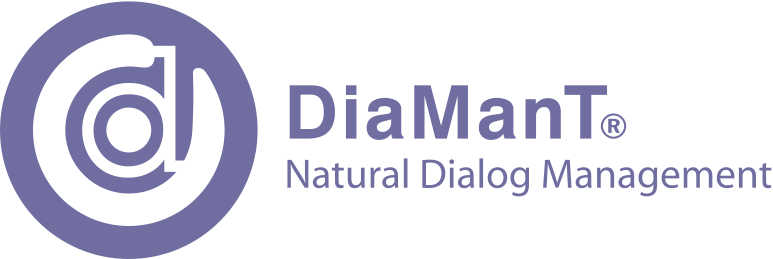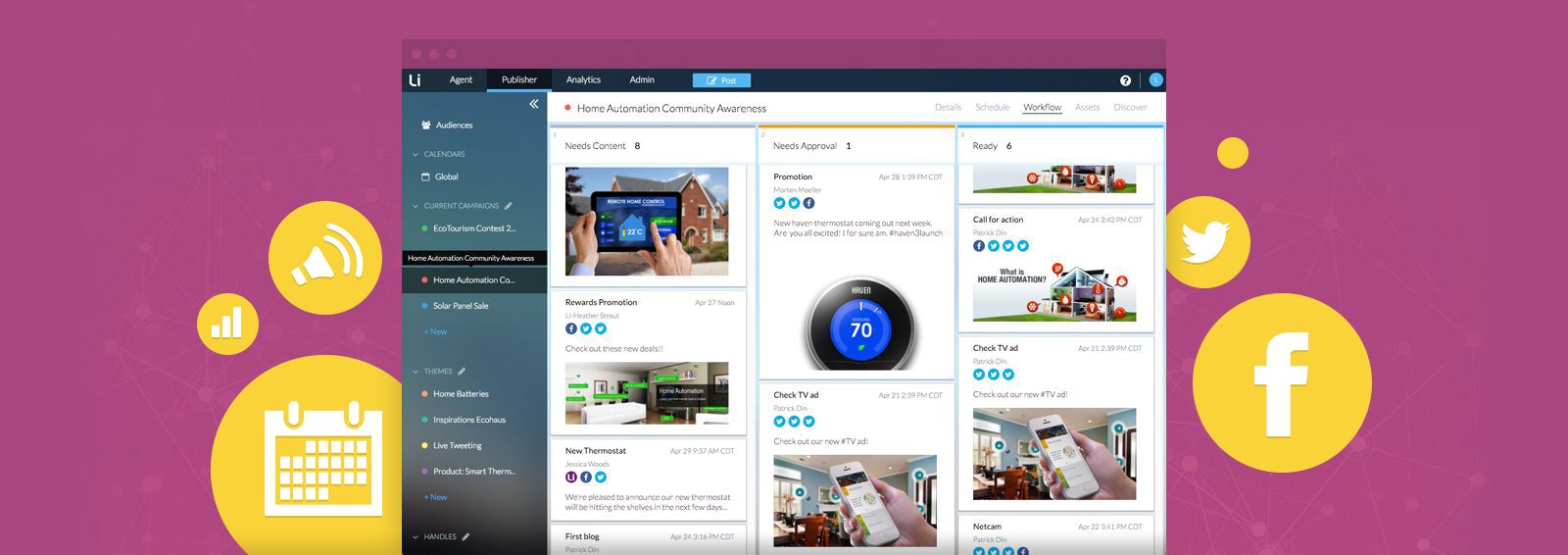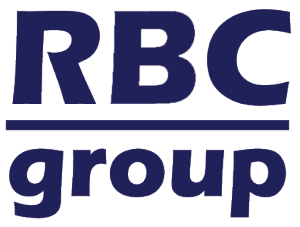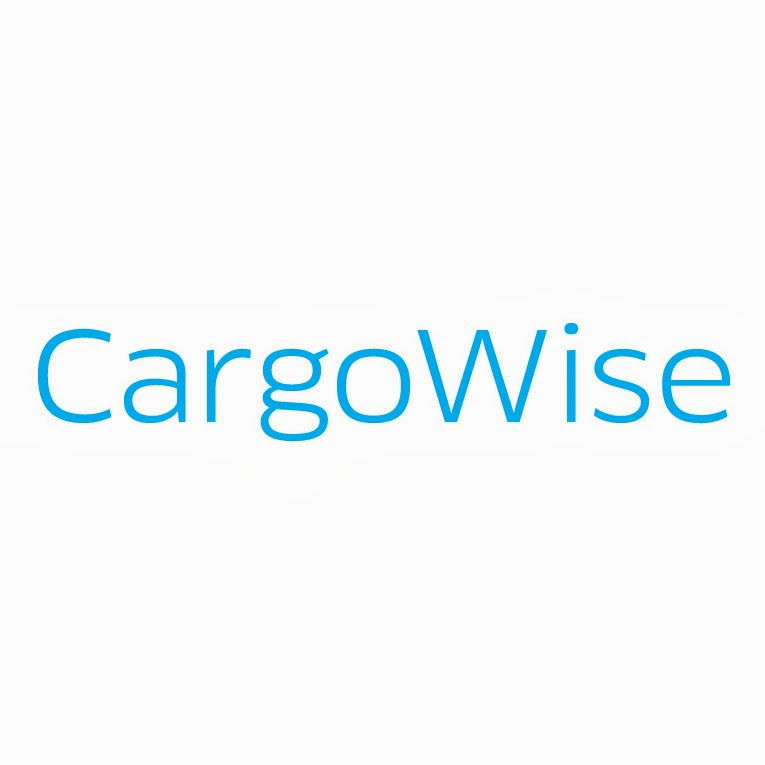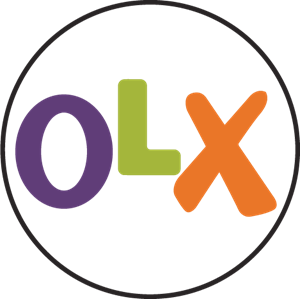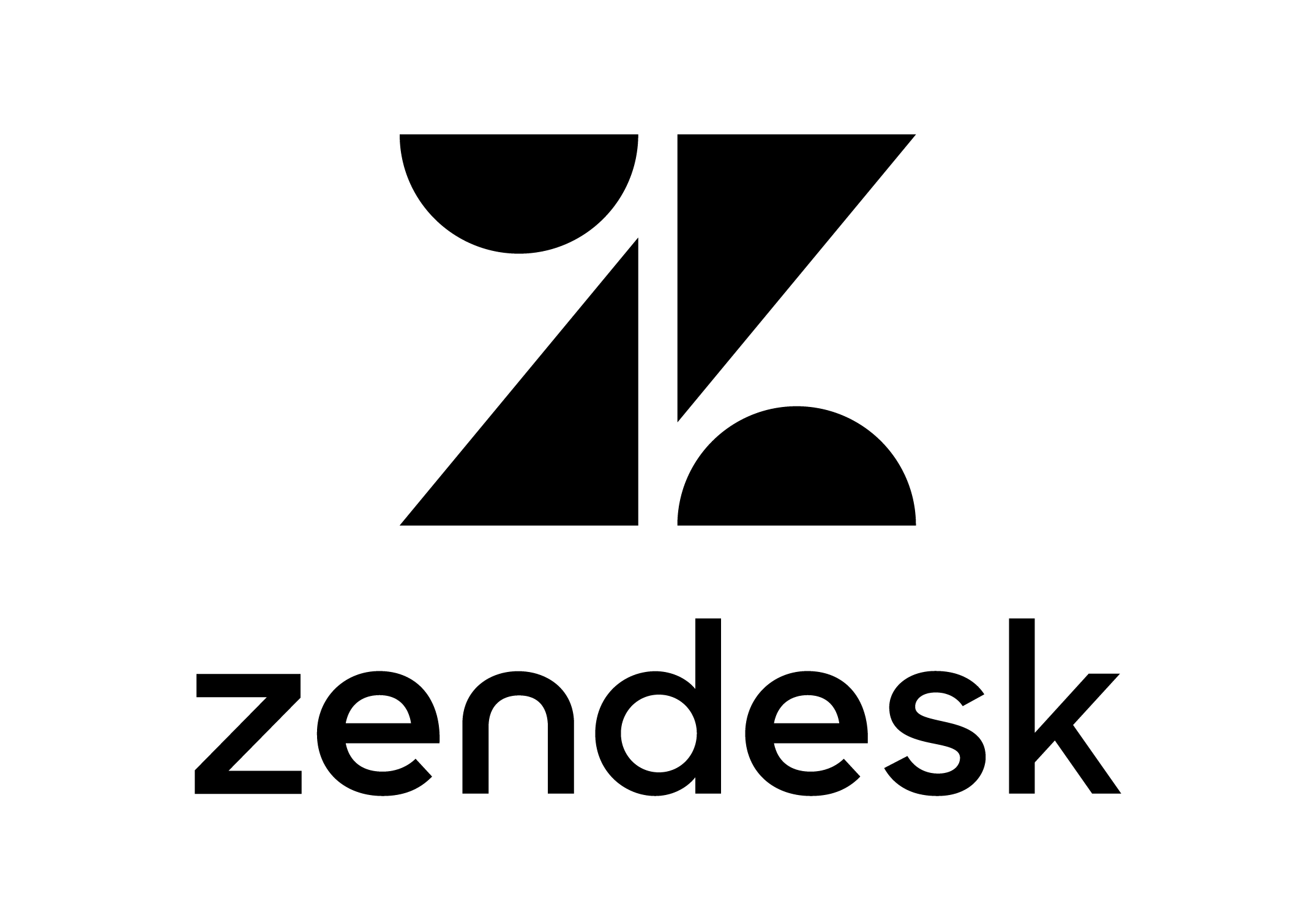
Categories
Problems that solves
Low quality of customer service
High costs of routine operations
Failure to attract new customers
Customer attrition
Low quality of customer support
No automated business processes
Values
Reduce Costs
Improve Customer Service
Increase Customer Base
About Product
Description
Smooth operator
Talk is cloud-based call center software built right into the Zendesk Support ticketing system, allowing customer service teams to provide phone support from the same platform they use to manage all other channels. With full customer history, automatic ticket creation, and call recording, agents can focus on conversations instead of workflow.
Text by Zendesk
- Skip the small talk. For quick questions and easy updates, start texting with your customers. Text lets agents receive texts, automate alerts, and send proactive messages. Each conversation becomes a ticket — with built-in workflows, reporting, and full customer history. Best of all, there’s no coding or additional software required.
- Keep in touch. Having the right tools is the key to keeping phone support running smoothly. Talk offers flexible IVR, group routing, and real-time queue monitoring to avoid bottlenecks. And with analytics that deliver insight into what’s happening, support teams can continue to provide flexible, powerful support as businesses grow and change.
- Come as you are. Talk is a VoIP system, so setup only takes a few minutes. There’s no need to hire additional technicians, retrain agents, or engage new vendors. The only thing a support team needs to get started is an internet connection, a headset, and ears that are ready to listen.
- Local and toll-free numbers. Choose a toll free or local number from over 40 countries or port in an existing number.
- Inbound and outbound calling. Receive unlimited inbound calls from customers. Follow up or provide proactive support with outbound calls.
- Unlimited concurrent calls. Make and receive unlimited concurrent calls to support multiple conversations with one phone number.
- Voicemail. Allow customers to leave voicemails that create tickets with optional transcriptions. Create custom triggers and workflows for quick follow-up and resolution.
- Customized greetings. Offer branded or localized experiences with multiple greetings for different brands, departments and phone numbers. Record new messages or upload existing audio files for voicemail greetings, available agents, wait, hold and IVR messages.
- Browser-based. Answer or make calls in the Zendesk browser, without any additional phone hardware or equipment.
- Forward to phone. Forward calls to an external number, providing agents the flexibility to take calls from mobile phones or landlines.
- Automatic ticket creation. Zendesk automatically turns calls and voicemails into tickets for easy record keeping and issue resolution.
- Warm transfer. Warm transfer lets agents consult with a new agent before handing off, to make sure the receiving agent is available and ready to help.
- Call control. Mute and unmute as needed from the call console. Place a caller on hold from the call console to consult with another agent or track down other information.
- Call recording. Record inbound and outbound calls for easy reference, troubleshooting and QA.
- Caller ID and history. Automatically surface customer details, including full interaction history from previous emails, chats and other channels, for seamless and personal support.
- IVR systems. Route customers to the right agent or department and provide recorded responses for frequently asked questions with multi-level interactive voice response (IVR) systems.
- Group routing. Group routing directs calls to specific groups or a set of groups in Zendesk, so that callers are connected with the right agent.
- Round-robin routing. Ensure that calls are always routed to an available agent rather than being lost or sent to voicemail and evenly distributed among support team members.
- Call queues. Set a maximum wait time and queue size to determine how many incoming callers will be kept waiting for an available agent. New calls that exceed the limits are directed to voicemail.
- Business hours. Define business hours to let customers know your phone support availability. Calls received outside of business hours are sent to voicemail.
- Callback from queue. Allow customers to request a callback instead of waiting in a queue for a live agent.
- Local and toll-free numbers. Choose a toll-free or local number for text support. Where available, use the same phone number for Talk and Text.
- Inbound SMS. Receive and respond to inbound text (SMS, or short message service) messages from customers. Inbound texts automatically create tickets, and agent replies are sent as texts.
- Inbound MMS. Receive inbound MMS (multimedia messaging service) so customers can send you photos and emojis.
- Outbound SMS. Send outbound texts in response to your customers’ texts, or create tickets to send proactive outbound texts using triggers and notifications.
- SMS notifications. Use triggers to automatically send SMS notifications to customers or agents based on ticket actions.
- Support workflow. Apply time-saving tools like macros, triggers, and other business automations — so you can scale up your text support easily.
- Views and Reporting. Text is a channel inside Zendesk Support, so you can manage text support with views and ticket-level reporting.
- Real-time dashboards. Zendesk supports real-time decisions with real-time call data. Interactive dashboards crunch team data down to a granular level, including wait time, hold time, and abandoned calls, so managers can adapt in-the-moment to fluctuations in call volume.
- Advanced analytics. Track and measure operational performance. Insights help you understand how voice support fits into your multi-channel support strategy.
- Call monitoring and barging. Ensure call quality and train agents – managers may listen or "barge" into ongoing calls between customers and agents.
- Failover. Failover automatically forwards incoming calls to an alternate number in the unlikely event of a Zendesk outage, ensuring important calls always come through.
- Global Low Latency. Zendesk Talk is built on enterprise-grade technology with Global Low Latency (GLL) architecture and redundant, clustered architecture for enhanced reliability and high availability.
- Talk Usage 99.95% SLA. We back our 99.95% usage SLA with service credits and help teams troubleshoot and prevent outages with monthly diagnostics.
- Twilio infrastructure. Zendesk Talk is built on the Twilio cloud communication platform. Twilio is a leading IaaS company that powers communications for companies including WalMart, Coca-Cola, Uber and Salesforce.com.






